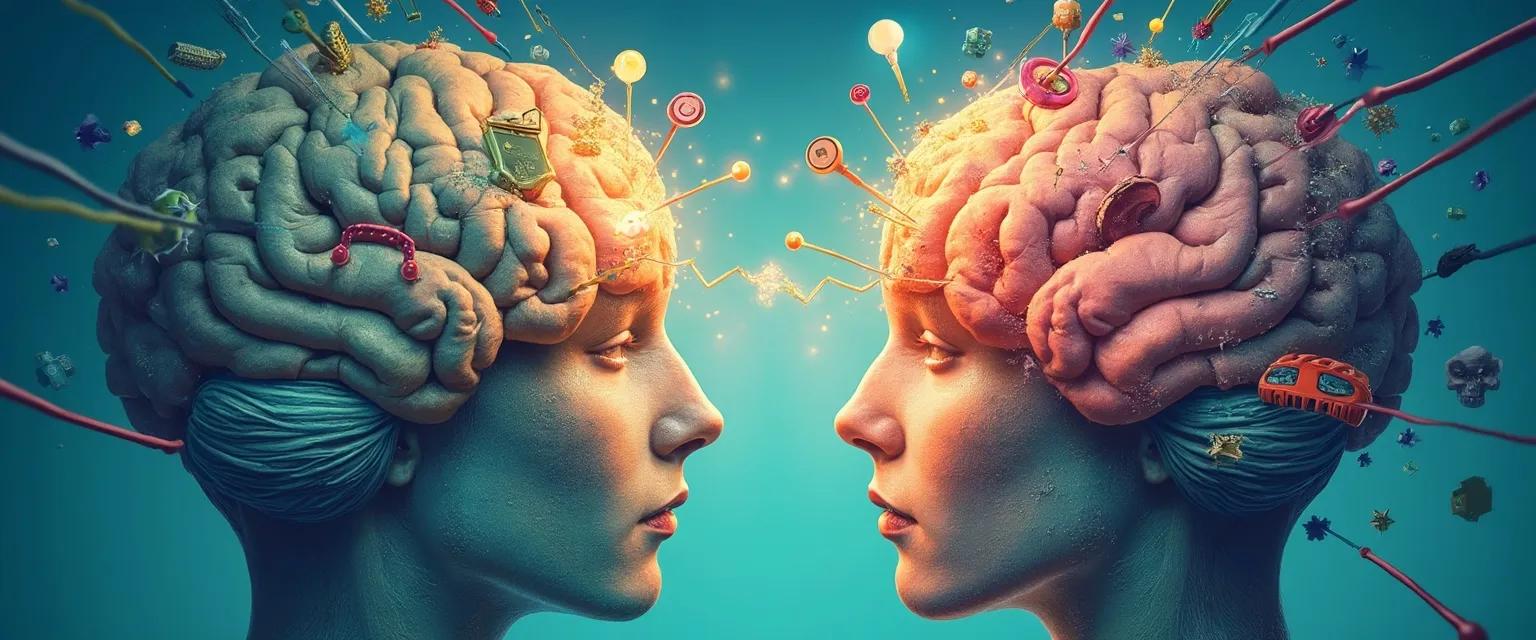Motivation Mismatch: The Science of Procrastination and Motivation Science
Ever set a productivity goal with the best intentions, only to find yourself scrolling through social media instead? You're not alone. This frustrating disconnect between what we plan to do and what we actually do stems from a fundamental mismatch in how our brains process motivation. Understanding procrastination and motivation science reveals that our productivity struggles aren't moral failings—they're neurological misunderstandings. Your brain isn't fighting against you; it's simply responding to rewards in ways you might not expect.
The gap between intention and action often feels like a personal failure, but it's actually a biological reality. Procrastination and motivation science shows us that our modern productivity demands clash with ancient reward systems that evolved for entirely different purposes. This mismatch explains why willpower alone rarely solves procrastination—we're trying to override millions of years of brain evolution with sheer force.
When we understand how our brain's reward pathways actually function, we can design productivity systems that work with our natural tendencies rather than against them. The key lies in aligning our productivity goals with how our brains naturally process rewards and motivation.
The Neuroscience Behind Procrastination and Motivation Science
At the heart of procrastination and motivation science is dopamine—the neurotransmitter that drives our seeking behavior. Contrary to popular belief, dopamine isn't primarily about pleasure; it's about anticipation and wanting. This distinction is crucial for understanding why we procrastinate.
Your brain releases dopamine not when you complete a task, but when you anticipate a reward. This creates a fascinating paradox: we're more motivated by the anticipation of finishing a task than by actually completing it. Procrastination and motivation science research shows that our brains evolved to prioritize immediate, visible rewards over delayed, abstract ones—regardless of their actual value.
This evolutionary mismatch explains why checking email or social media feels so compelling—these activities provide instant dopamine hits through unpredictable rewards. Meanwhile, important long-term projects with delayed payoffs struggle to compete for our brain's attention, despite their greater ultimate value.
The most intriguing insight from procrastination and motivation science is that willpower depletion is real. Your prefrontal cortex—responsible for planning and self-control—tires quickly when fighting against dopamine-driven desires. This explains why even the most disciplined people eventually succumb to procrastination after extended periods of resistance.
Practical Techniques from Procrastination and Motivation Science
Instead of fighting your brain's reward system, procrastination and motivation science suggests working with it. Here are evidence-based techniques that align with your brain's natural motivation patterns:
Reward stacking is a powerful procrastination and motivation science strategy where you attach immediate rewards to long-term beneficial tasks. For example, only listen to your favorite podcast while exercising, or enjoy your favorite coffee while working on that challenging project.
Task chunking breaks work into dopamine-friendly mini-accomplishments. Our brains experience a small dopamine release with each completed segment, creating a series of motivational boosts rather than waiting for one big reward at the end.
Environment design involves structuring your workspace based on motivation science principles. Remove distractions that provide competing dopamine rewards and place visual reminders of your goals where you'll see them regularly.
Temptation bundling pairs wanted activities with needed ones. This procrastination and motivation science technique leverages your brain's desire for immediate gratification by linking it to productive tasks, creating a win-win situation for both your present and future self.
These strategies succeed because they work with your brain's natural reward pathways rather than trying to override them through sheer willpower.
Implementing Procrastination and Motivation Science in Daily Life
Ready to put procrastination and motivation science to work? Start with these simple five-minute strategies: create a "temptation menu" listing activities you enjoy that could be bundled with necessary tasks. Set up visible progress trackers for ongoing projects to provide regular dopamine hits as you advance.
The most sustainable productivity systems work with your brain rather than against it. By applying procrastination and motivation science principles consistently, you transform productivity from a willpower battle into a natural flow state that feels rewarding.
The long-term benefit of aligning with your natural motivation patterns extends beyond productivity—it reduces stress and increases satisfaction. Understanding procrastination and motivation science doesn't just help you get more done; it helps you enjoy the process of achievement itself.




